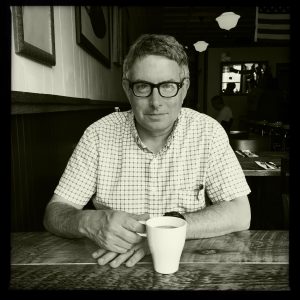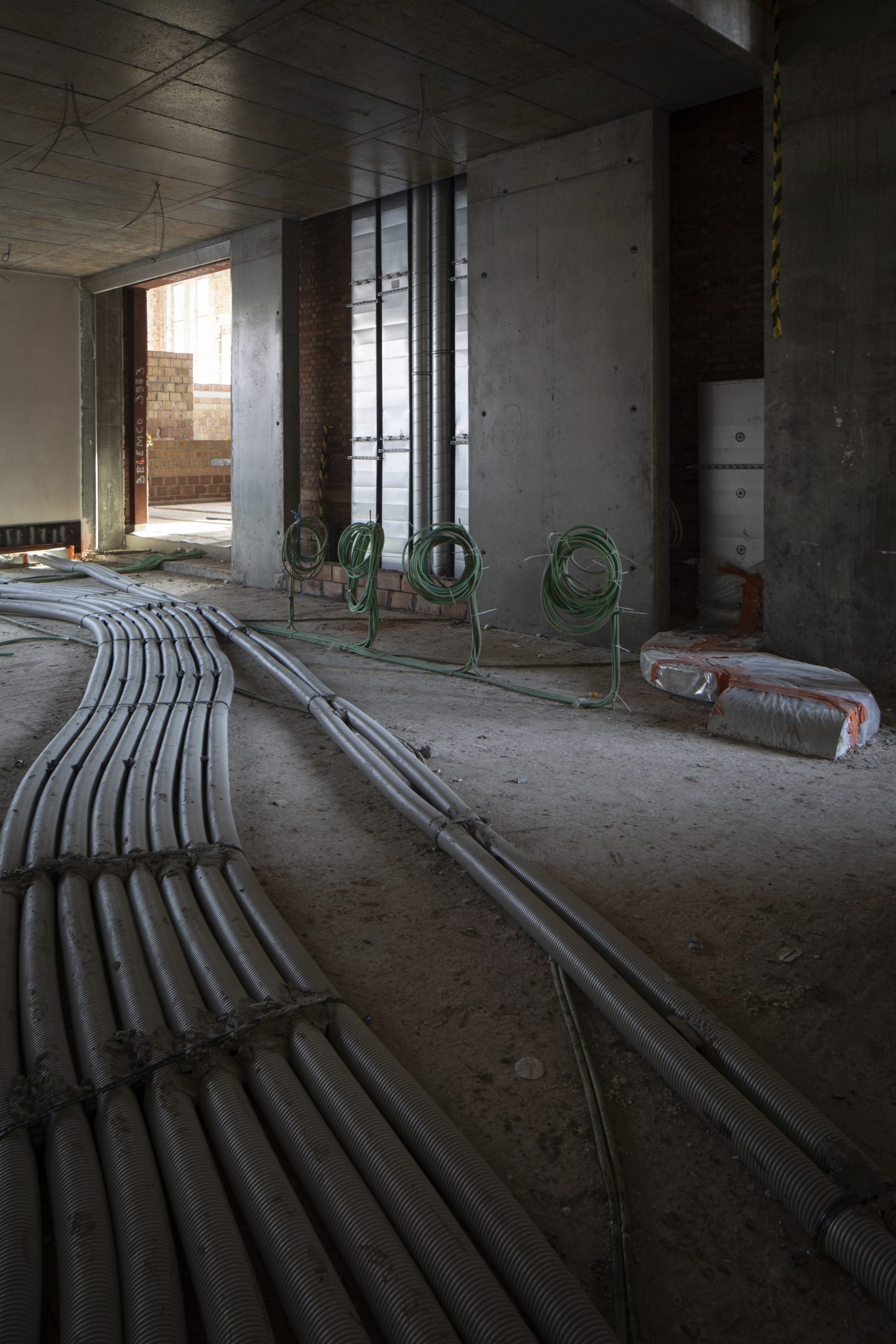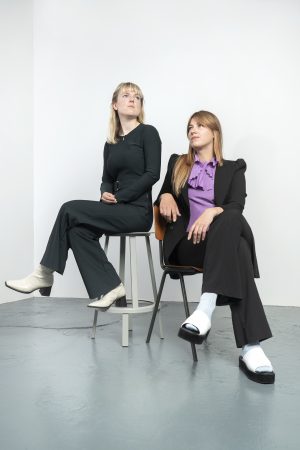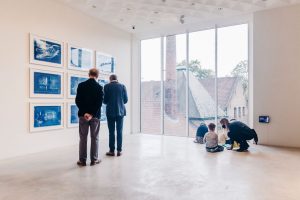

Behind the scenes
House photographer Kristof Vrancken
Kristof Vrancken received his first photography assignment in 2004. For a Z33 brochure, he was asked to create images of the exhibition building. Sixteen years later he has masses of photo material in his archive. He captured putting up and taking down of exhibitions, each transformation that the building has been through. “Precisely because it’s a house in continuous transition, the assignments remained interesting photographically.”
“Z33 puts everything at the service of art and goes to great lengths to do it,” says Kristof Vrancken. “For every exhibition that I photographed the space was used differently. Walls have been put up and torn down, holes have been bored into the floors. The art that Z33 presented was always somewhat experimental, having a sharp edge or requiring special lighting arrangements. I have not once found a single exhibition boring. Quite the reverse: everything that I’ve photographed at Z33 over the years has stimulated and perhaps even shaped me as a photographer, because after all, my career started there.”
Each new exhibition left small scars on the skin of the original building. “Holes were closed over, a new coat of paint appeared. For the public it seemed that the traces had all been removed, but for me a few small details always remained.”
The new building: an artwork in itself
The new building has also been very painstakingly recorded in Kristof Vrancken’s photographs. This has been a dream assignment for someone who loves things that are no longer what they used to be, or are not yet what they will become. “That’s a strong undercurrent in my artistic work. That in-between time as the works progressed was interesting to me,” he says. “Above all, I really can’t hide the fact that I have been shooting for for Z33 for so long: the confrontation with art is so interwoven in my thinking and way of seeing.”
In the course of countless site visits, Kristof Vrancken always found ready-made art installations, tableaux vivants or silent scenes that reminded him of theatre or performance. “For me, the workers became more a part of a performance than part of the construction. This is the way I’ve always seen the construction of the new wing. It was as if I was recording the creation of a large work of art. I think that also fits very well with the architect’s vision. Francesca Torzo also sees her own work more as a work of art than as a purely functional building or empty box.”
Ready-mades and extras
If you browse through the images Kristof Vrancken made of the construction, your eye will linger on particular photos. In one, a detail might stand out, in another it might be the composition, the clean lines of light and shadow, or the interplay of organic and straight lines with which the photographer gently guides the viewer’s eye. There are photos of the window tiles on the outer facade or of the concrete diamond ceiling that themselves transform into abstract visual work through Vrancken’s lens. There are views of the site that suggest abandonment, blue skies seen from the depths and deep views taken from high on a crane.
The most powerful, perhaps, are the photos with extras. A single man with a wheelbarrow, little more than a black shadow against the light from outside. He lifts, he pushes, he passes a second wheelbarrow that is standing idly by. A simple image of the site becomes a symbol of perseverance. A shot from above shows a worker with a ladder, far below on a large, soft, grey surface with circles. “In that photo they’re actually making the diamond ceiling. You see it here from above, on the roof,” is the very prosaic explanation of the surprisingly poetic image. “I kept that idea of the construction workers as extras throughout the whole series. I was impressed how such a relatively small core crew of fifteen construction workers could build such a large building in such a short time.”
Reading, interpreting, researching
“Through all those assignments at Z33 and in other cultural centres, I’ve built up many years of experience in visualizing the work of other artists and designers. If you want to do that well, you have to learn how to read and understand a work. Then you can do your own thing with it, but with respect for the work and the vision of the artist or designer,” explains Kristof Vrancken. “It’s something I pay a lot of attention to and really immerse myself in. It comes down to interpreting and researching the work, talking about it and blending all that you’ve discovered throught that process with your own gaze. In this way, slowly, you build up a series.”
As he tells it, Kristof Vrancken has always found a similar investigative attitude at Z33. “The transition that’s been underway here from the beginning isn’t only about space, but also about substance. The exhibitions have always been able to touch on social themes. Over the years, Z33 has continuously adapted to new realities. That’s how it’s stayed up to date and sometimes even ahead of major events. The curators adopt an investigative attitude as their standard and that’s why they’re able so admirably to handle the tension between art and design, architecture and society.” Then the technical team radically shapes that vision in the space. “Together this creates an excellent combination of substantive and formal incentives, which in turn were always like oxygen for me. With the new wing, I am convinced that Z33 will be more than ever a beacon for the arts.”












